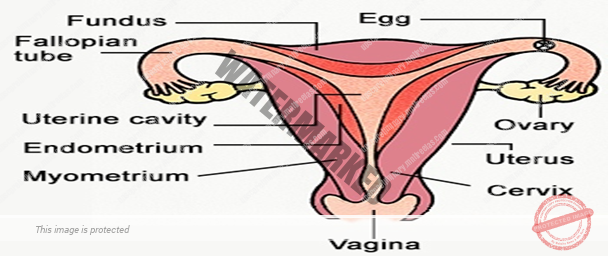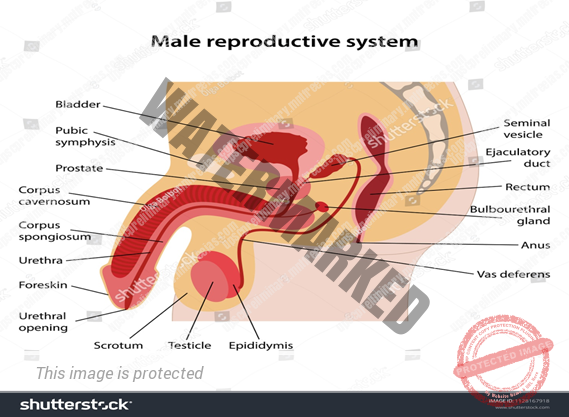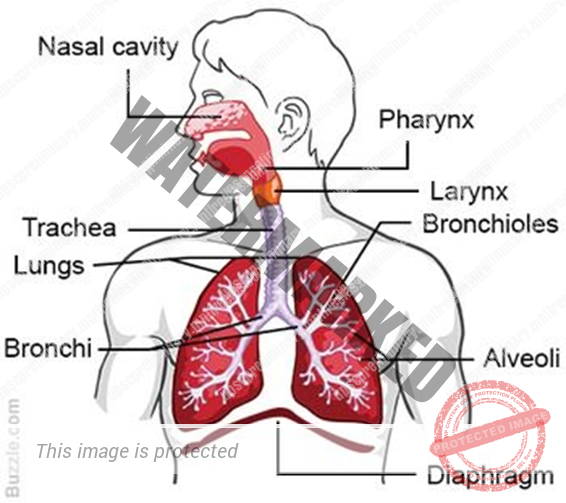- REPRODUCTIVE SYSTEM
- RESPIRATORY SYSTEM
UNIT 13 – HUMAN BODY – PART 4
REPRODUCTIVE SYSTEM
The human reproductive system is also known as the genital system that comprises internal and external organs that help in reproduction. It varies for both males and females. Hormones, fluids, and pheromones are all connective accessories for the reproductive organs to function.
Female Reproductive System
The female reproductive system consists of the following:
- Ovaries: Produces ovum – female egg as well as the hormone estrogen.
- Uterine tubes: Oviducts or fallopian tubes are the other names given for uterus tubes.
Also known as the Womb, the uterus is a pear-shaped organ where the fetus grows. The cervix is the route to the vagina and gateway for sperm to enter. Vagina acts as the route for a penis to enter during intercourse and the exit of the fetus during delivery.
MALE REPRODUCTIVE SYSTEM
The male reproductive system consists of testicles, which act as a storehouse for sperms. These oval-shaped organs are encased in a pouch that is called scrotum.
Next to the testis is the vas deferens that are the accessory ducts for the male sexual system. When sperm is formed, it is mixed with fluids that are produced by seminal glands, prostate gland, and Cowper’s gland. The primary purpose of Cowper gland is to hike the semen volume and lubrication during coitus.
RESPIRATORY SYSTEM
The respiratory process involves the intake of oxygen, and the exhale of carbon dioxide from the body. This system is also known as the ventilatory system, gas exchange system or respiratory apparatus. Vertebrates like human beings possess lungs for respiration. The process of respiration starts with the cycle of inhalation and exhalation.
Inhalation results in the oxygen entering into the body and exhalation results in carbon dioxide exiting from the body. Anatomically, the respiratory system comprises the following organs:
- Trachea
- Bronchi
- Bronchioles
- Lungs
- Diaphragm
By diffusion, molecules of carbon dioxide and oxygen are exchanged passively among the blood cells and external environment. This swap is done through alveoli (which are the air sacs) in the lungs.



